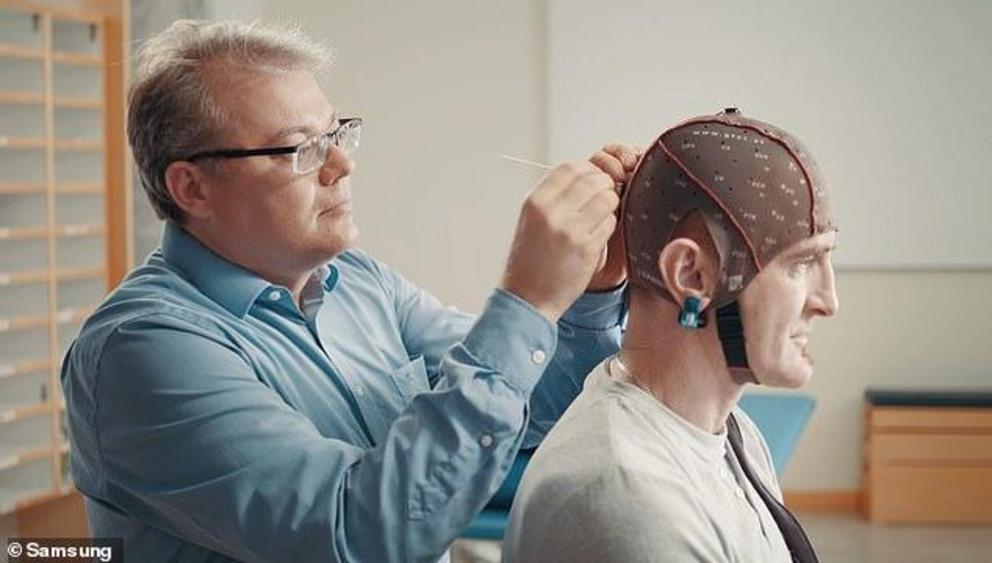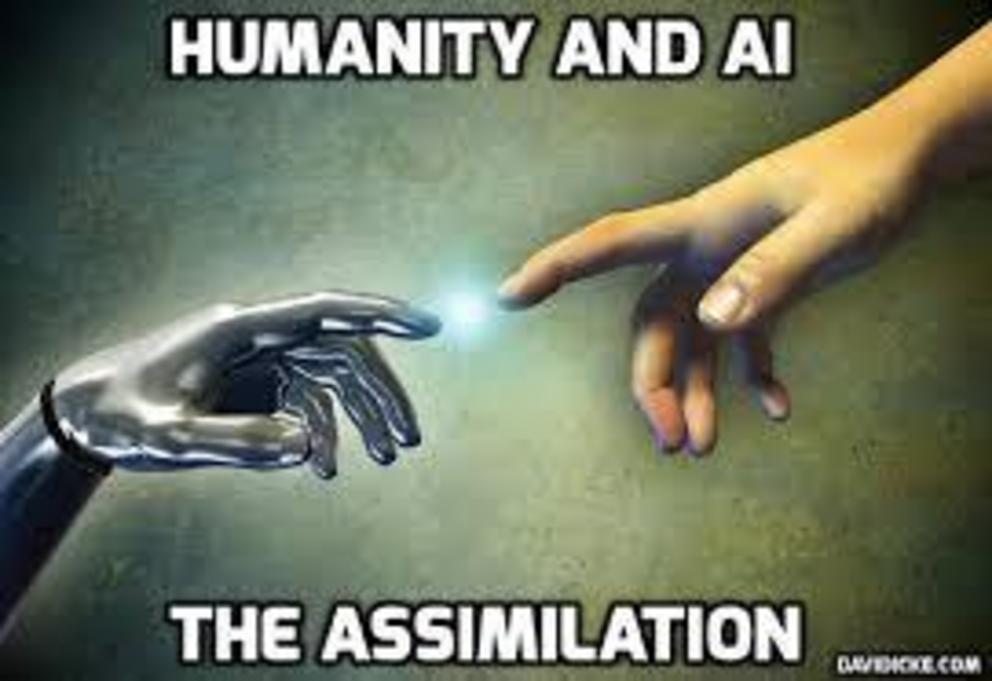Samsung developing TV controlled by your brain
Samsung is developing a TV system that might one day allow users to flick channels and adjust the volume using their brains.
The so-called Project Ponthius is part of a cooperation between the South Korean electronics giant and the Center of Neuroprosthetics of the Ecole Polytechnique Fédérale de Lausanne (EPFL) in Switzerland.
The aim of the project is to give people with severe physical disabilities, like quadriplegia, a chance to enjoy their favorite shows without the help of others.

Samsung is developing a TV set that might one day allow users to flick channels and adjust the volume using their brains.
HOW COULD THE BRAIN CONTROLLED TV WORK?
The system uses a Brain Computer Interface (BCI) to connect the viewer with the TV set.
The BCI relies on a headset covered with 64 sensors and an eye-motion tracker.
The scientists are currently taking brainwave samples to determine how the mind behaves when we have a desire to watch movies.
This could one day lead to a system that uses cues from the brainwaves to make predictions, and then eye movements to confirm.
The company presented a prototype during its developer conference in San Francisco last week.
'How can we provide accessibility to people who cannot move or who have extreme limitations on their movements,' senior scientist at EPFL Ricardo Chavarriaga said during the panel.
'We're making tech that is more complex, that is more intelligent, but we should not forget this tech is being made to interface with humans.'
The system uses a Brain Computer Interface (BCI) to connect the viewer with the TV set.
The BCI relies on a headset covered with 64 sensors and an eye-motion tracker.
The scientists are currently taking brainwave samples to determine how the mind behaves when we have a desire to watch movies.
This could one day lead to a system that uses cues from the brainwaves to make predictions, and then eye movements to confirm.
Once selections have been made, the software will be able to build up a viewer profile and inform future suggestions, streamlining the content selection process.
Although the technology might one day help people who have been paralyzed, it is unlikely to become mainstream anytime soon.
That's because to use the current prototype users will need to apply gel to their heads before wearing a sensor helmet, something that may be more cumbersome than spending a few minutes looking for the remote control that you lost in the sofa cushions.

A layer of gel has to be applied to the head for the sensor helmet to work.
Samsung and EPFL are also working on another system that will allow viewers to interact with TV sets with their brainwaves alone.
This system could be particularly useful for people who suffer from disabilities such as locked-in syndrome, the highest form of paraplegia.
Other companies are also working on BCIs that might one day allow humans to interact with machines.
They include Elon Musk's Neuralink, which is developing 'ultra high bandwidth brain-machine interfaces to connect humans and computers'.
HOW SOON WILL WE BE ABLE TO UPLOAD OUR MINDS TO A COMPUTER?
Brain and memory preservation has been explored at length by futurists, scientists and science fiction junkies alike.
Many say it falls under the category of 'transhumanism.'
Transhumanism is the belief that the human body can evolve beyond its current form with the help of scientists and technology.
The practice of mind uploading has been promoted by many people, including Ray Kurzweil, Google's director of engineering, who believes we will be able to upload our entire brains to computers by 2045.
Similar technologies have been depicted in science fiction dramas, ranging from Netflix's Altered Carbon, to the popular series Black Mirror.
Another prominent futurist, Dr Michio Kaku, believes virtual reality can be used to keep our loved ones' personalities and memories alive even after they die.

Scientists and futurists have different theories about how we might be able to preserve the human brain, ranging from uploading our memories to a computer to Nectome's high-tech embalming process, which can keep it intact for thousands of years
'Imagine being able to speak to your loved one after they die ... it is possible if their personality has been downloaded onto a computer as an avatar,' he explained.
These ideas haven't been met without criticism.
McGill University Neuroscientist Michael Hendricks told MIT that these technologies are a 'joke.'
'I hope future people are appalled that in the 21st century, the richest and most comfortable people in history spent their money and resources trying to live forever on the backs of their descendants. I mean, it’s a joke, right? They are cartoon bad guys,' he said.
Meanwhile, neuroscientist Miguel Nicolelis said recently that such technologies would be virtually impossible.
'The brain is not computable and no engineering can reproduce it,' he said.
'You can have all the computer chips in the world and you won't create a consciousness.'

